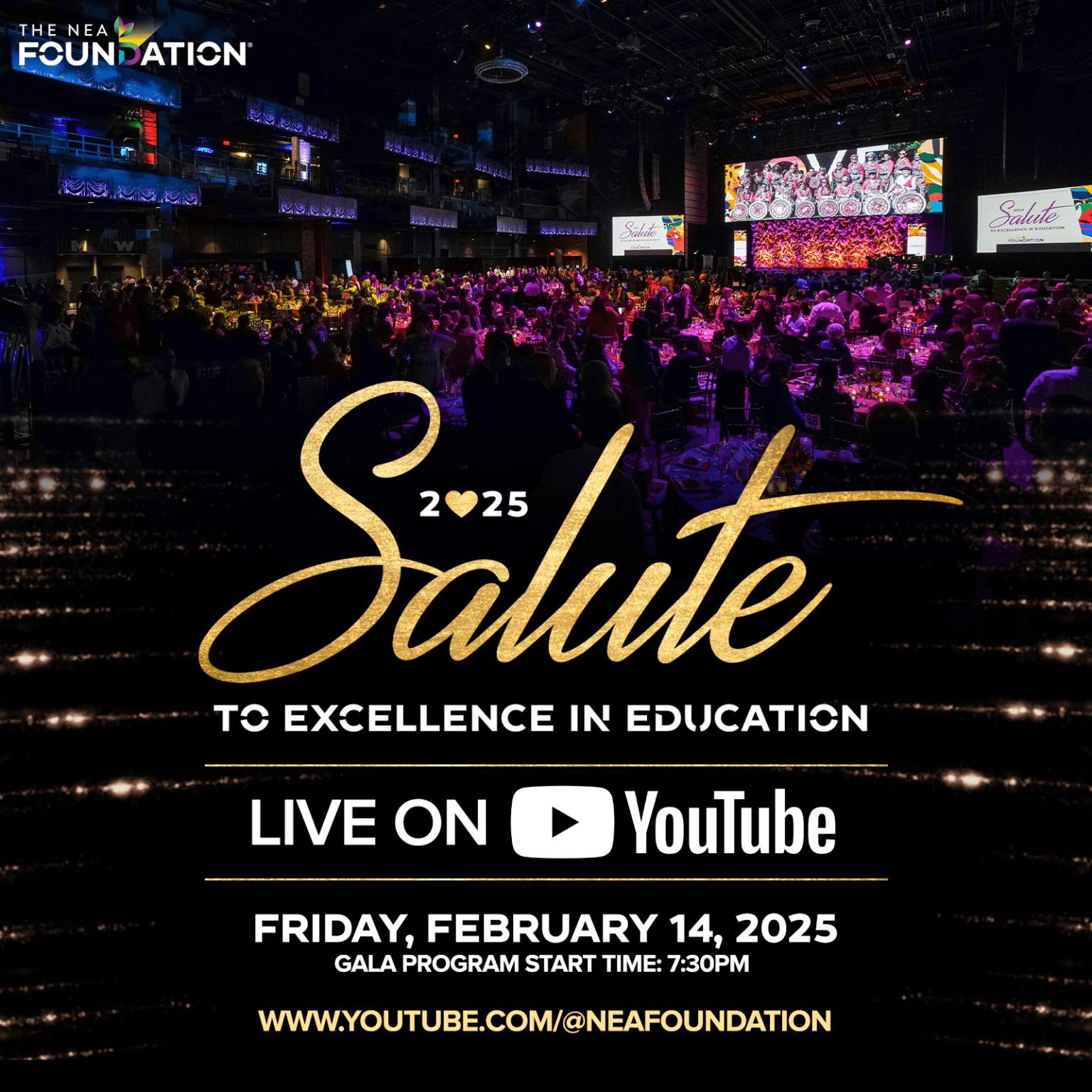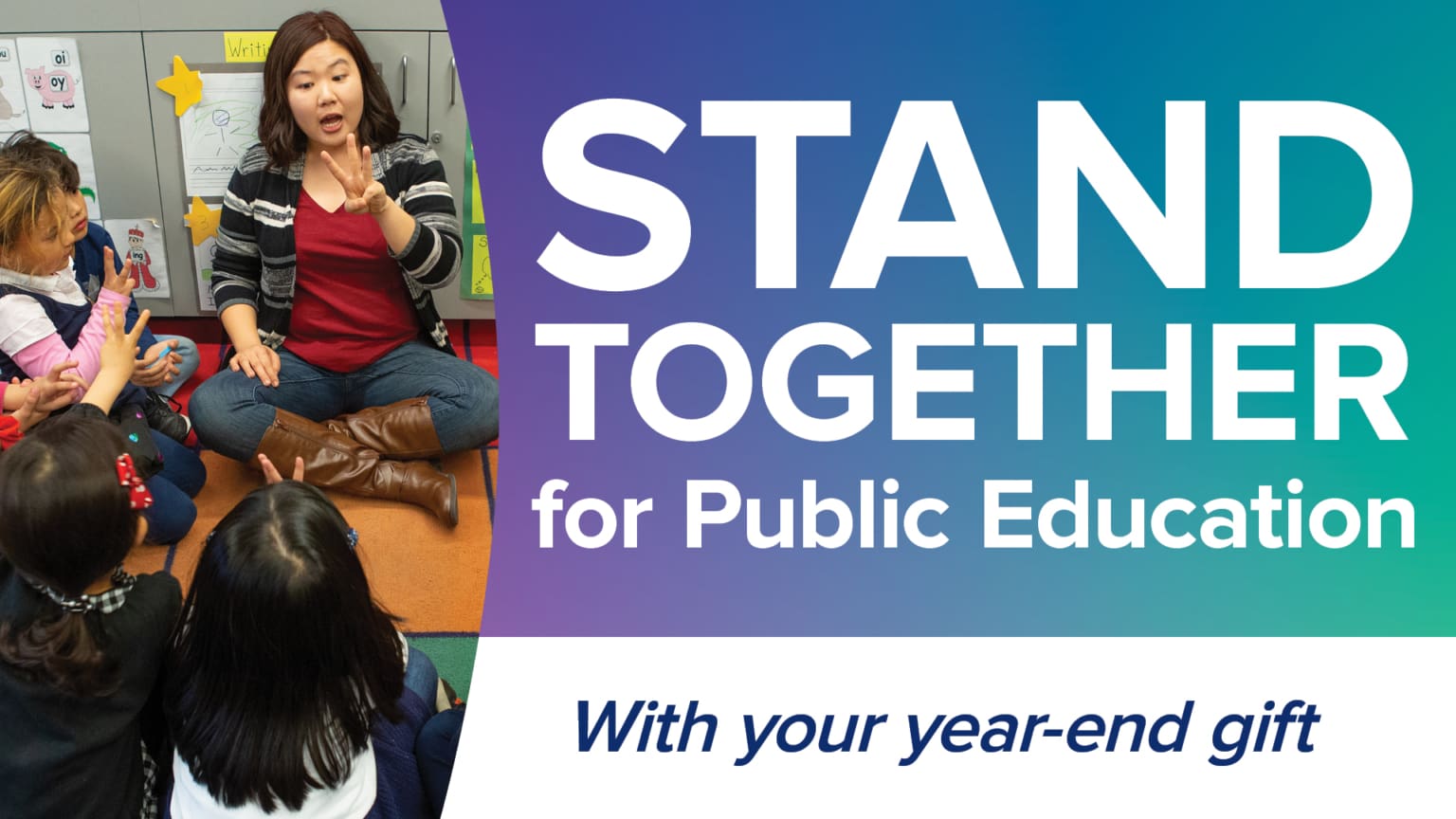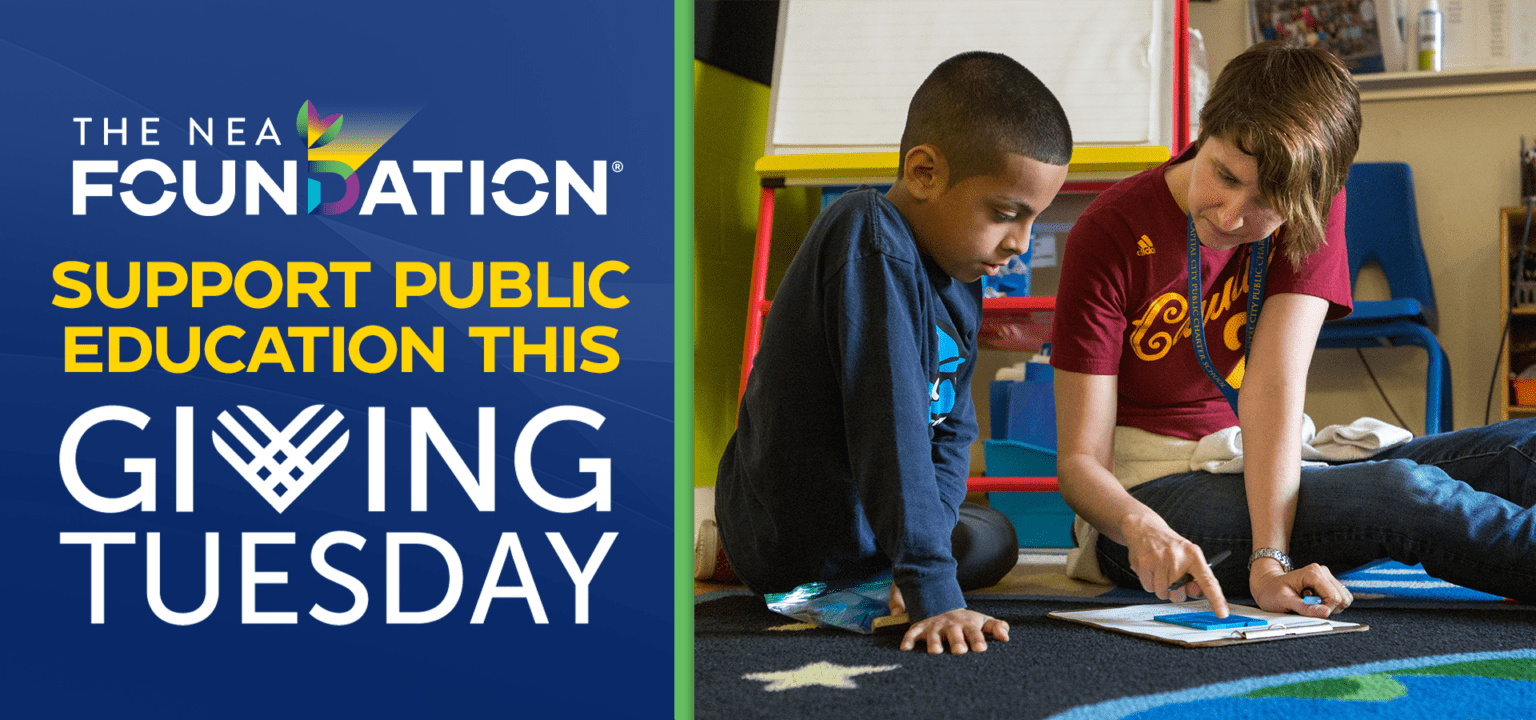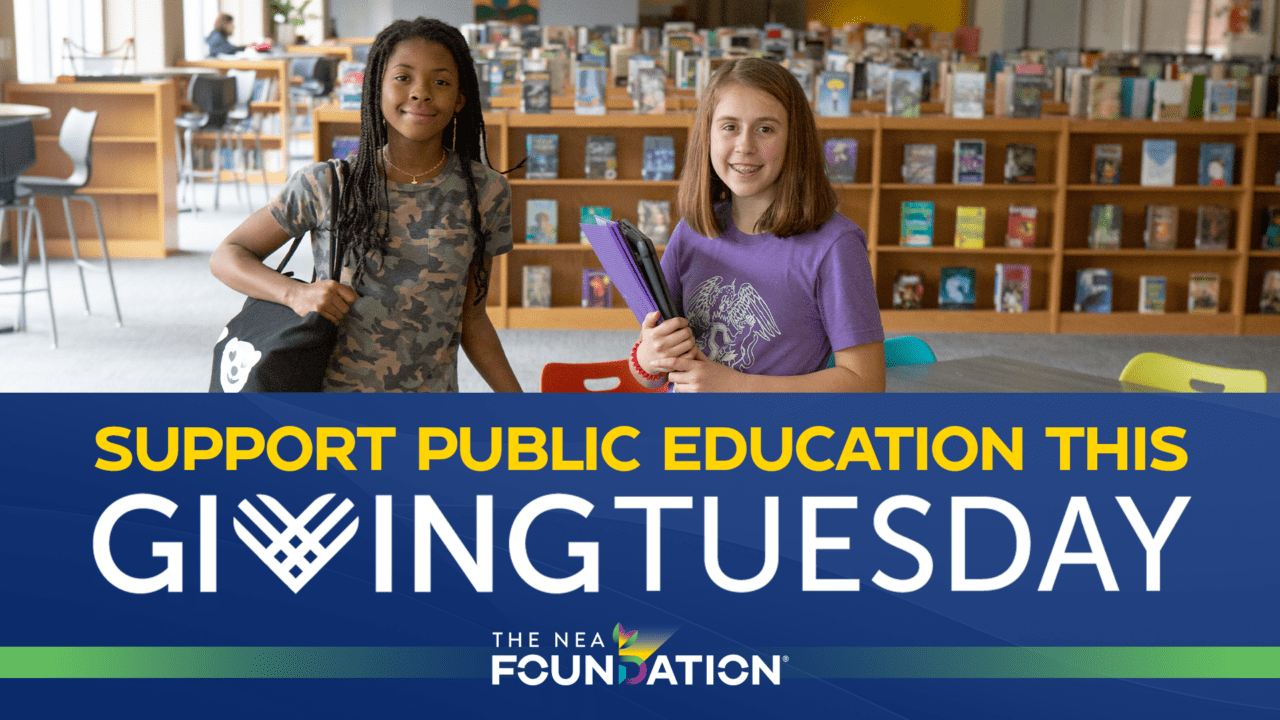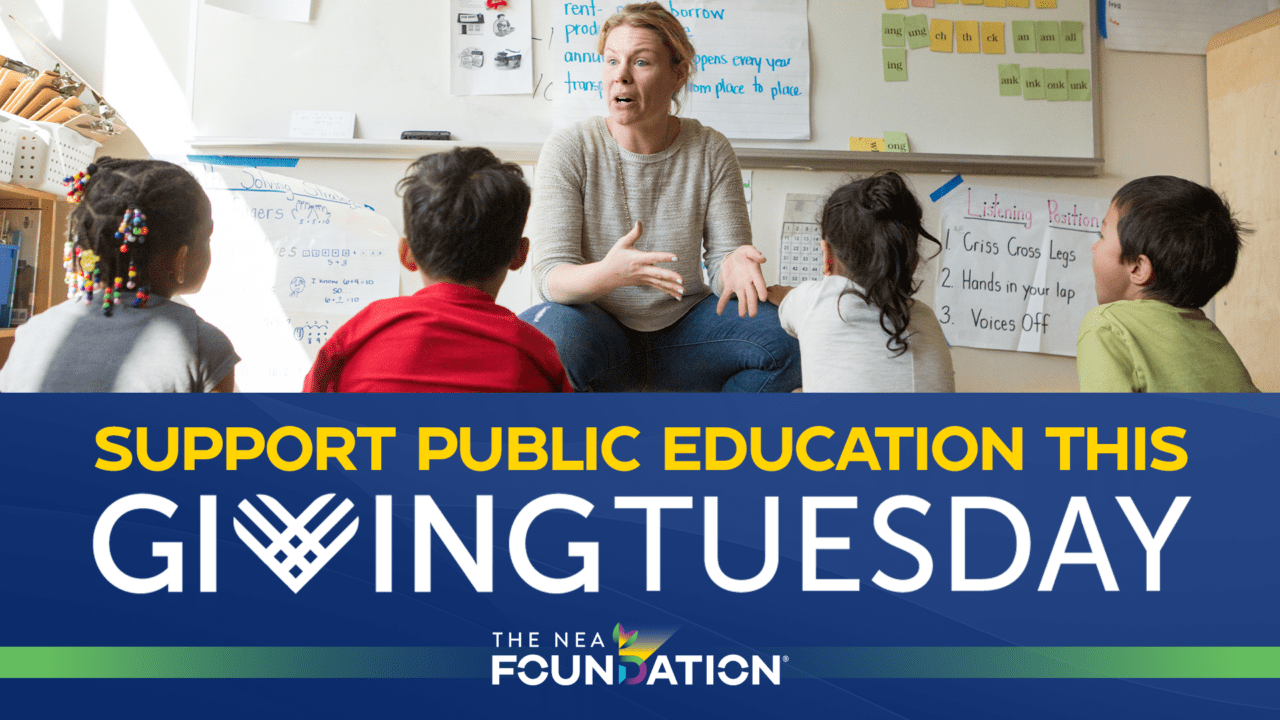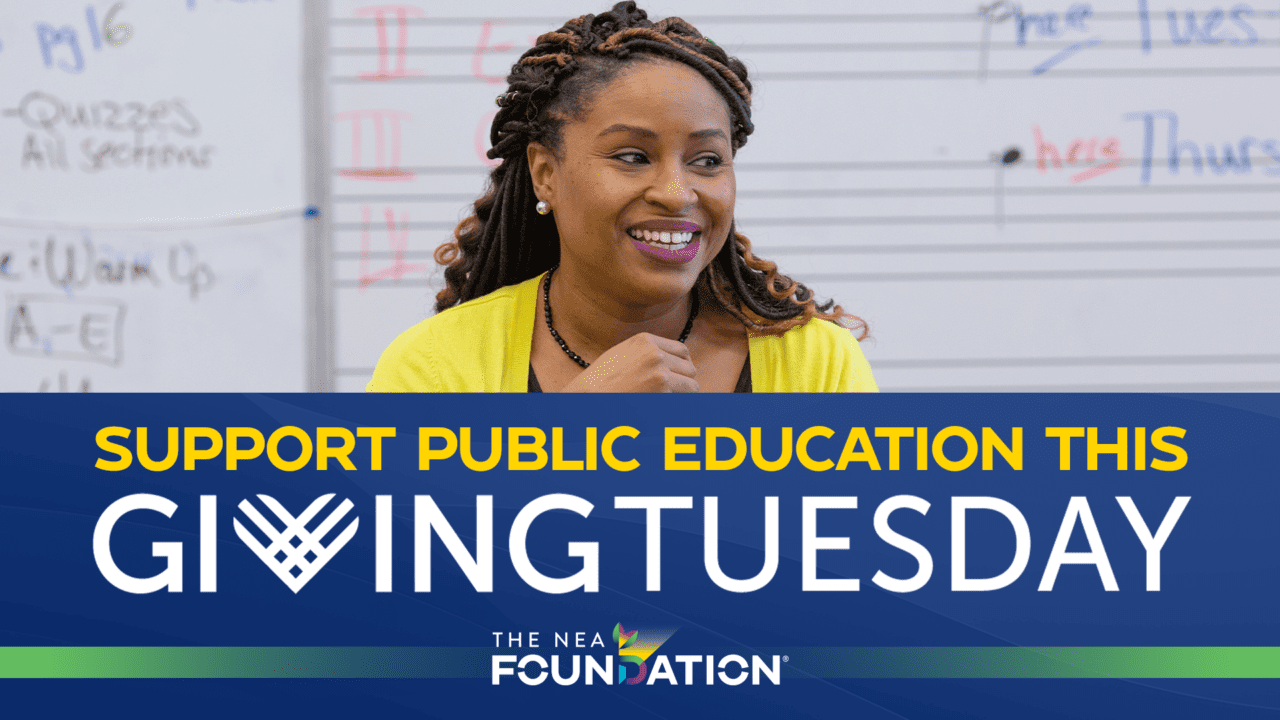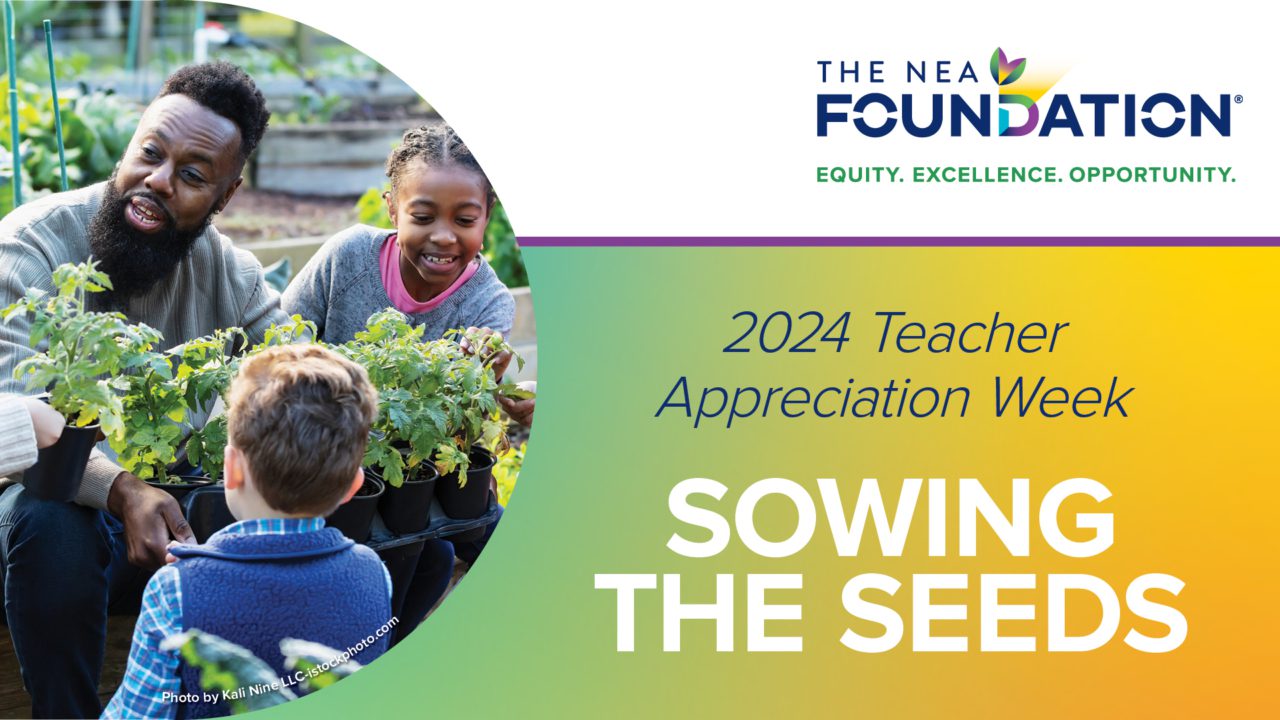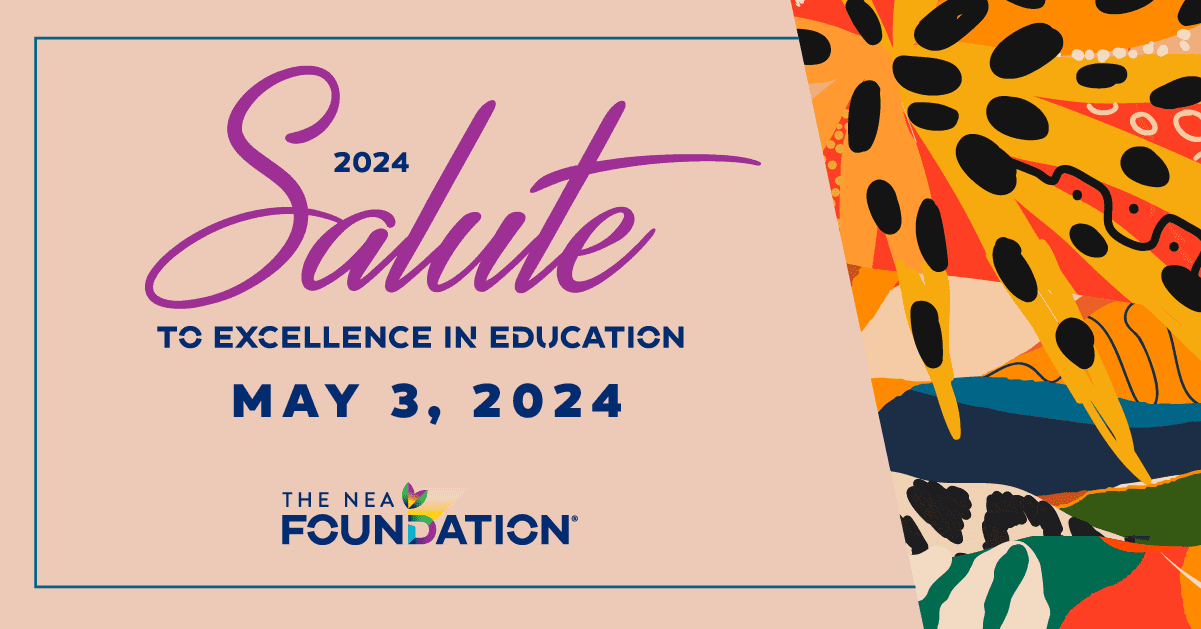Sometimes you have to travel to the other end of the Earth to have a lesson from home fall right in your lap. Traveling to South Africa with the NEA Foundation’s Global Learning Fellowship last July filled my days with extraordinary learning, exciting adventures, and wonderful connections with like-minded educators. Part of our itinerary brought us to the United Christ School of Johannesburg where we were each paired with a child as our buddy for the day. It was during some down time with our new friends that my colleague and I experienced a powerful moment.
I was sitting next to my friend and her six-year old ambassador when the importance of having books that act as mirrors for students struck me. My friend was showing the young learner photos of her students in Vermont, who happen to be white, and the little girl just stared silently; acting a little bored really. Suddenly, up popped a photo from the previous school year of two African American sisters that had been in her class. The ambassador, who also had darker skin, came to life asking dozens of questions about who they were and what they were doing. This little girl saw that photo as a mirror and was instantly connected and engaged. This powerful moment made me reflect on my classroom library and wonder if I had enough pieces of literature that serve as mirrors for the diverse children that I teach and love each day.
Lester Laminack and Katie Kelly advocate for culturally relevant literature in their book, Reading to Make a Difference. “Children need to be able to see their race, culture, family dynamics, neighborhoods, and experiences represented in books.” It sends the message that children are seen and who they are is valued. Since that trip, I have been more intentional in my book selections and I recently noticed my thoughtfulness making an impact on one of my students. As I emptied reading bags for book shopping time, I smiled as I pulled out the books that a young, African American boy had selected. There were six books featuring African American characters and families and two “Pete the Cat” books for good measure!
In addition to children seeing themselves reflected in books, it is equally important for stories to create windows into which children can peer into a different way of living in this world. When learning about new cultures, I want my students to approach human differences with curiosity and ask questions in a respectful manner. “Why do the girls wear fabric on their heads?” This was an important question I received last spring when I read aloud the book, “Mommy’s Khimar,” where the female characters in the story are Muslim and wear hijabs. This story provided a window into the unfamiliar, creating an opportunity for my kindergarteners to consider new ways of thinking and living. A fire of intrigue was lit beneath them and an impromptu study of the Islamic faith began. This included learning about being Muslim from a student’s father and the creation of a Flip Grid video of questions which were sent to a Muslim school in Thailand. This window opened up a vast world to my students, which led to them recognizing new perspectives and gaining greater empathy.
Books can also be used as doors if they leave learners inspired to step into some kind of action or facilitate change because of what they have read. In my classroom, we are always seeking ways to take care of the Earth and make the world more fair for everyone that lives here. Educators, you can empower students to be global participants who are inspired to investigate the world, notice problems or unfair situations, and create actions that can make a difference. This can begin in your school, your community, or by connecting with countries across the world! As Nelson Mandela once said, “education is the most powerful weapon which you can use to change the world.” The door is there. Will you help your students open it?
Jennie Robinette is a Kindergarten educator at Francine Delany New School for Children in Asheville, North Carolina. Jennie is also a 2019 alumna of the NEA Foundation’s Global Learning Fellowship, where she completed her Fellowship with a field study in South Africa this past July.

